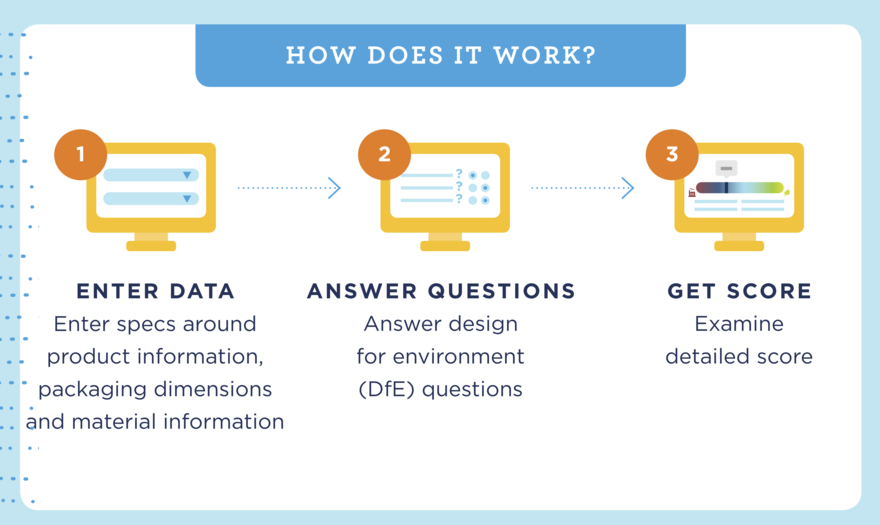Spotlight on Sustainability: Q&A with The Toy Association’s Alan Kaufman
 March 10, 2020 | As toymakers roll out new initiatives to make their packaging and their products more environmentally friendly, the topic of sustainability is top of mind in just about every product category, and the increasing consumer demand for more of these products and practices proves it’s much more than a flash in the pan. Recent research from NYU Stern’s Center for Sustainable Business into U.S. consumers’ actual purchasing of consumer packaged goods (CPGs) even found in more than 90 percent of CPG categories, products marketed as more sustainable grew faster than their conventional counterparts.
March 10, 2020 | As toymakers roll out new initiatives to make their packaging and their products more environmentally friendly, the topic of sustainability is top of mind in just about every product category, and the increasing consumer demand for more of these products and practices proves it’s much more than a flash in the pan. Recent research from NYU Stern’s Center for Sustainable Business into U.S. consumers’ actual purchasing of consumer packaged goods (CPGs) even found in more than 90 percent of CPG categories, products marketed as more sustainable grew faster than their conventional counterparts.
So, what does this mean for the toy industry, and what can all toymakers do to decrease their environmental footprint? For Toy Association members, a free tool is available to get them started. Toy News Tuesday editors spoke with Alan Kaufman, senior vice president of technical affairs at The Toy Association, about the Association’s Smart Packaging Initiative (SPI) Tool, an online member tool that helps toy companies determine the environmental impact of their product packaging designs and how to improve them.
What is the Smart Packaging Initiative (SPI) Tool, and how can members benefit from it?
Changes made in the early development phase of a product can have a big impact further down the life cycle of a toy, such as whether the product is recycled or ends up in a landfill. And this is where the SPI Tool can help. The tool gives members initial direction for improving the environmental performance of packaging by providing a benchmark for package designs and ways to improve them. In doing so, companies can optimize sustainability in many ways, such as meeting retailer requirements, realizing cost reductions by eliminating and/or reducing materials, and keeping pace with consumer expectations.
 How does the SPI Tool work exactly?
How does the SPI Tool work exactly?
From input data (specs that include product information, packaging dimensions, and other material information) and responses to “Design for Environment” questions, the SPI Tool generates a detailed score of how eco-friendly a product package design is. Using that information, the tool will then assess the materials and strategies used to offer tangible guidance to improve that score. Several indicators also help to determine the environmental impacts across the entire lifecycle of that package, including its recyclability potential, whether it was sourced responsibly, and if resources were optimized (i.e. product-to-package ratio and cube utilization).
The ability to test-drive those more sustainable options while the ideas are still on the drawing board will cost companies nothing more than a few minutes of time exploring alternatives. At the same time, by benchmarking their final design against industry norms for that product category, designers can also see how their designs will fare against those of competitors.
Who can use the tool?
The SPI Tool is available to all Toy Association members but will be most beneficial to packaging designers and engineers, product development personnel, and individuals responsible for sustainability, quality assurance, and regulatory affairs.
To learn more about the SPI Tool and how it can help your business, members can contact Al Kaufman or reference the previously recorded webinar, “Understanding How to Use The Toy Association’s New Smart Packaging Initiative Tool." A recording of the webinar is now available.